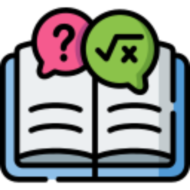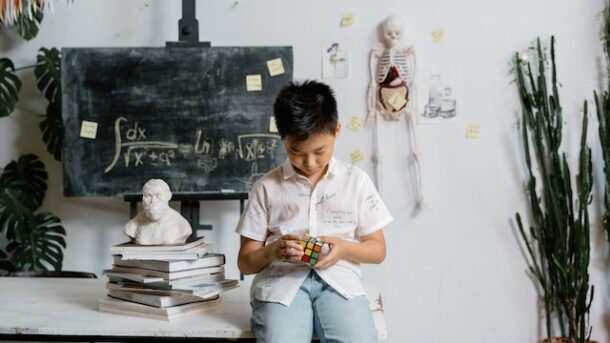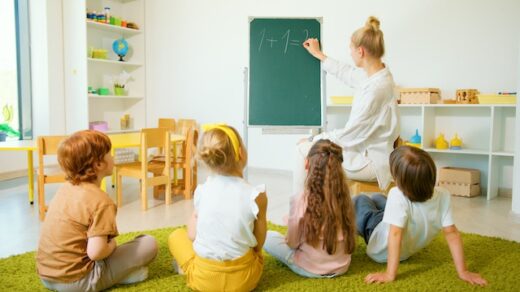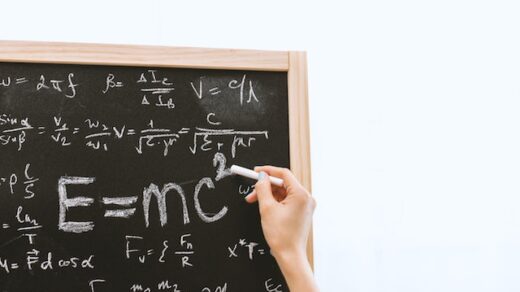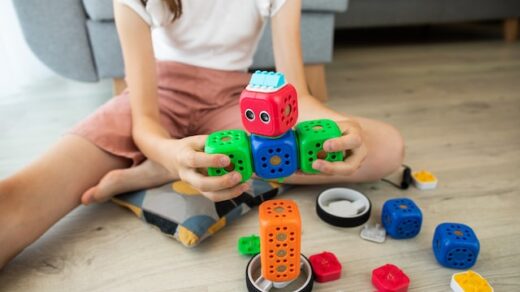One of the most important skills in math is addition. Students need to be able to add single-digit numbers quickly and in their heads to be successful in school.
Addition Worksheets For Second Graders
Addition is a skill that kids learn naturally as they start counting and learning place value. These worksheets for 2nd graders focus on developing these skills and also on adding in columns with regrouping.
Number bonds
Number bonds help students see how numbers can be broken into parts and then put back together again. This is essential in developing a student’s number sense and mental math skills.
They also enable students to memorize math facts (a set of related addition and subtraction equations). This is essential in helping children develop their number sense and prepare for future tests and assessments.
Using number bonds can be taught in a variety of ways, including through manipulatives, games, and worksheets. They are typically taught through a Concrete to Pictorial to Abstract approach.
At the concrete stage, kids learn about number bonds through the use of manipulatives and objects such as counters or real-life objects. They then move on to the pictorial stage, which involves writing them in workbooks or whiteboards.
Once a child has developed their understanding, they can then move onto the abstract stage, where they represent the problem using mathematical notations. For example, a child may represent the number bond of 5 with a mathematical notation as 2+3=5. It is important to teach children this approach early on to ensure that they are developing their number sense and mental math skills in the correct way.
Regrouping
Using regrouping to solve addition and subtraction problems is one of the most important math skills for second graders to master. By building a strong understanding of the concept, students will be better equipped to solve even more complex math problems in the future.
Step 1: Teach the concept of regrouping by using manipulatives and visuals to support the process. This helps students understand how to group tens or ones and use them to solve addition and subtraction problems.
This strategy can be used as part of a whole-group lesson or in small groups. It can also be used as an independent practice activity that is easy to set up in a variety of settings and spaces.
Teaching the standard algorithm as a strategy for regrouping is crucial for students to learn. It allows them to connect each strategy to the overall skill of regrouping and gives them more practice as they check their work.
Counting on
Counting on is an important strategy for students to use in addition. They begin to use this strategy when they are able to conceptualize numbers and understand that they need to start counting with the largest number.
The counting on strategy is a transition from counting all to counting on, and students will need a lot of teacher-modeled practice before they can master it.
For students who are struggling to count on from a larger number, there are worksheets available that can help them work through this challenge. These worksheets are designed to be easy to print and use.
They also come in a variety of styles, including classic addition with some steps requiring regrouping and others without. If your students are ready to move on from the basics of addition, these worksheets can help them get there quickly. They can also be used as a quick assessment or even an obstacle course. These addition worksheets for 2nd graders are sure to be an asset in your classroom!
Word problems
Word problems are a great way to build students’ critical thinking skills and problem-solving abilities. They are also a good way to introduce new math concepts to young learners, as they allow kids to practice basic equations in a fun and interactive way.
For 2nd graders, addition word problems are a great way to help them learn how to apply their knowledge of addition to solve real-life scenarios. They can start by circling the numbers that will be used in the problem so they can easily identify them when they’re solving.
In addition, many word problems use key phrases that give students a clue as to which type of operation they should be using. These include words like ‘combined,’ ‘total,’ and ‘together’ that can often tip off students to what they need to do to solve the problem.
